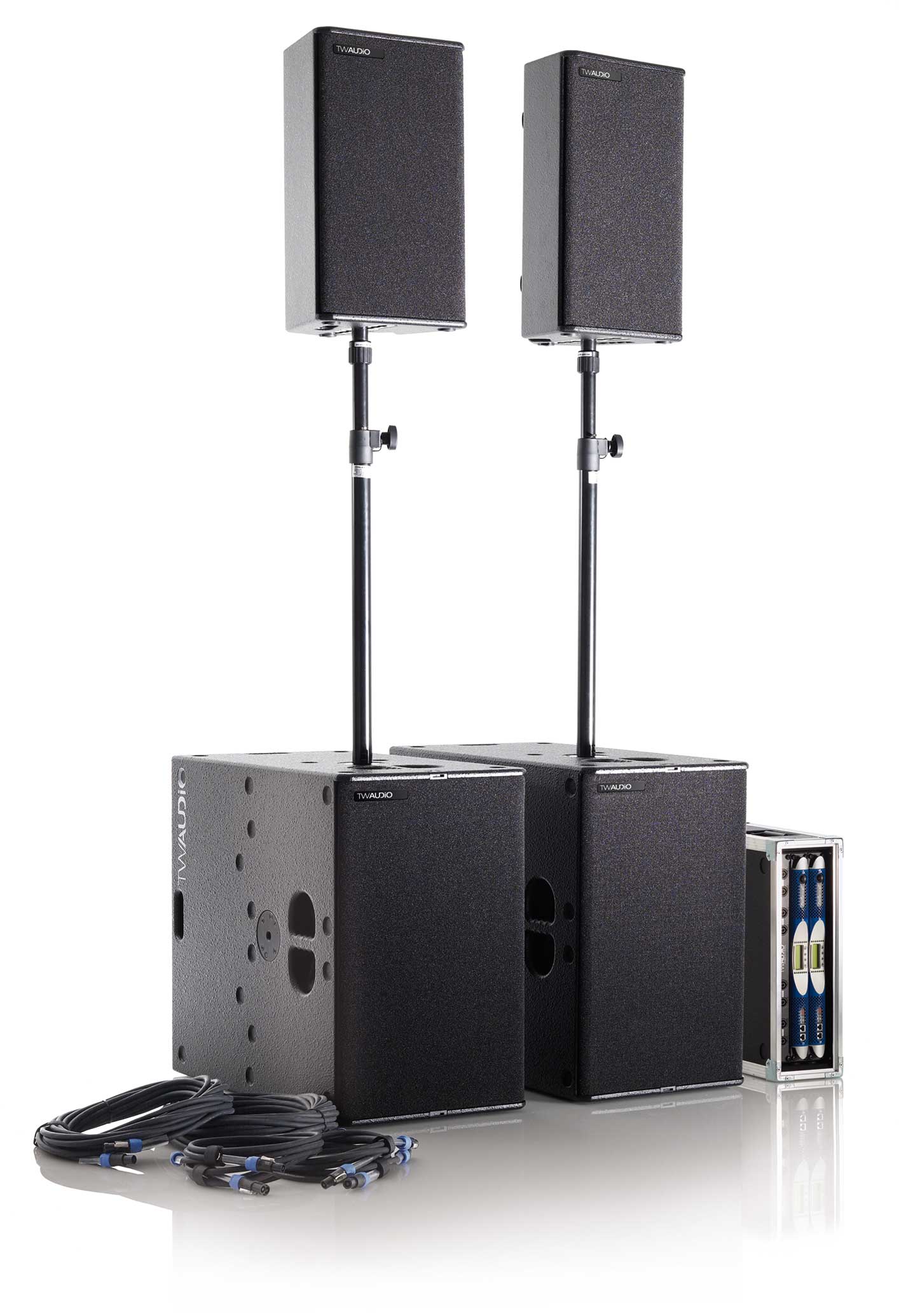
Configuration and tuning of public address systems

Discernment of needs in the field of sound
Before the configuration, it is worth clarifying the conditions under which our sound system will work and which system solutions are best to choose. One of the most frequently used sound reinforcement systems is the line system, which is based on a modular structure, allowing for the expansion of the system with additional elements. When deciding on such a solution, it should be adapted to the type of events that we intend to publicize and the place. We will configure the sound system differently if we want to publicize concerts outdoors, and differently when we will publicize scientific conferences in university halls. Still other parameters will be needed to provide sound for special events, such as weddings, banquets, etc. Of course, the key issue is the size scale, i.e. the range that the sound system is to provide, so that the sound is clearly audible everywhere. We will provide sound for the gymnasium, the cathedral, and the football stadium in a different way.
Passive system or active
The passive sound system is powered by an external amplifier and thanks to this solution we can adjust the amplifier to our preferences, for example, to obtain a unique sound, use a tube amplifier.
Active sound is equipped with its own power supply and is more and more often chosen because we are not dependent on an external amplifier, so when going to a party we have one less luggage.
Sound systems
We can distinguish three basic sound systems, each of which has a different application, and the choice is dictated primarily by the place to be sounded. Central system, which is used to sound, among others, auditoriums, auditoriums and lecture halls. The loudspeaker devices are located in one plane near the place of the ongoing stage action, and the main axes of the loudspeakers radiation in the horizontal plane should be directed approximately diagonally in the hall. This arrangement guarantees the coherence of optical and acoustic impressions perceived by the listener.
A decentralized arrangement where the speakers are evenly distributed over the entire soundproofed space, thus avoiding major fluctuations in sound intensity at different points in the room. Often the columns are suspended from the ceiling and this arrangement is most often used in long and low rooms.
Zone system in which the speakers are placed in individual zones, into which the entire area has been divided, where each group of speakers is to amplify one zone. Appropriately selected time delays are introduced between the individual groups of loudspeakers in the zones. Such a system is most often used in open spaces.

Sound system tuning method
Good equipment is the basis, but to take full advantage of its power and quality, it is worth having knowledge of its configuration, settings and all other elements that affect the final effect. In the era of digitization, we have appropriate devices at our disposal that will indicate the optimal setting of the sound equipment. It is primarily the software installed on our laptop that transmits such data to us. However, in order to make good use of this method, individual indicators should be read correctly. The most important is RTA, which is a two-dimensional measurement system that presents the energy level expressed in decibels or volts in a specific frequency band. There are also three-measurement systems such as TEF, SMAART, SIM, which additionally present changes in the energy level of individual frequencies over time. The difference between the various systems is that RTA does not take into account the passage of time, and the three-measurement systems are based on the fast FFT transmission. Therefore, it is worth learning more about individual indicators and measurements, so that not only can you read them correctly, but also be able to apply them to the place where we measure and tune. A common error in our measurements may be the incorrect setting of the measuring microphone itself. Here, too, it is worth analyzing where such a microphone should be located. Are there any obstacles, reflections from the wall, etc., distortions that distort our measurement. It may also happen that despite the satisfactory parameters, we are not entirely satisfied with the setting. Then we should use the most perfect measuring apparatus which is the hearing organ.
Summation
As you can see, the correct configuration of the sound system requires taking into account many factors. Therefore, it is worth analyzing all issues well and taking into account those that have a direct impact on the power and quality of the transmitted signal. And as in many aspects of the sound system and its settings, also here, during the final tuning, we will probably have to experiment a bit to find the optimal setting for our equipment.





